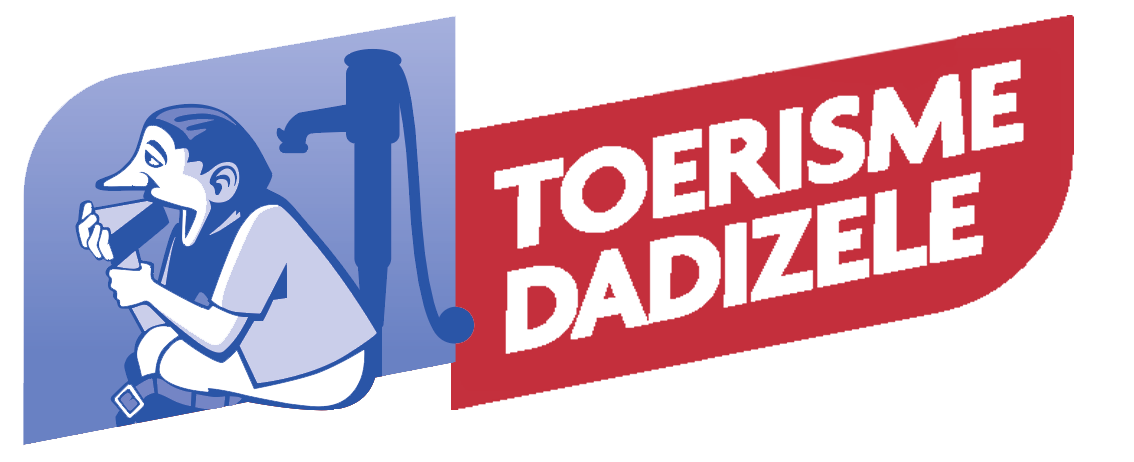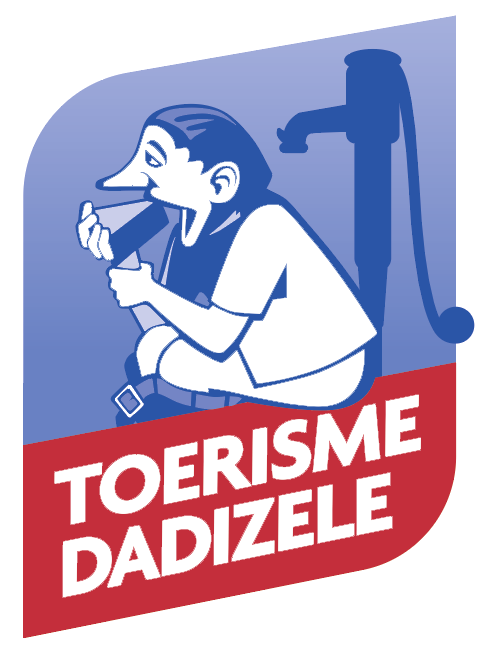Koekuitmolen
Nederlands
De molen werd genoemd naar de wijk Koekuit. Desiré Demeulenaere liet de molen op teerlingen en een molenwal bouwen ca. 1810-15. Hij was ook de eigenaar en bewoner van het Koekuitkasteel aan de Kasteeldreef. In 1846 werd de molen omgebouwd tot een koren-en oliemolen met een torenkot.
Duitse oorlogsfoto WOI
De molenwal en het erf van de familie D’Hooghe: landbouwers, molenaars en olieslagers. De molen werd tijdens WOI vernield. Rechts van de molen staat de cichoreidrogerij die gespaard werd tijdens de oorlog.
Andere foto
De babbel na de oogst bij de Koekuitmolen, schilderij van Emiel Jacques (Snite Museum, South Bent, USA)
Français
Moulin du Koekuit
Le moulin a été nommé d'après le district de Koekuit. Désiré Demeulenaere fit construire le moulin sur dés et un mur de moulin vers 1810-15. Plus tard, il devint propriétaire et résident du Koekuitkasteel sur la Kasteeldreef. En 1846, le moulin est transformé en moulin à blé et à huile avec une salle de la tour. A côté du moulin, il y avait une cendre de chicorée, qui a survécu à la guerre.
English
Koekuit Mill
The mill was named after the Koekuit hamlet. Desiré de Meulenaere had the mill built on dice and a wall around 1810-15. Later he became the owner and resident of the Koekuit castle on the Kasteeldreef. In 1846 the mill was converted into a flour and oil mill. Next to the mill there was a chicory ash, which survived the war.
German war photo WWI
The wall and the yard of the D'Hooghe family: farmers, millers and oil-crushers. The mill was destroyed during WWI. To the right of the mill is the chicory drying plant that was spared during the war.
The chat after the harvest at the Koekuit mill, painting by Emiel Jacques (Snite Museum, South Bend, USA)
Koekuit mill, painting by Leon Schotte

